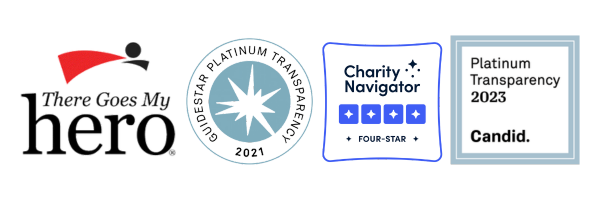The Bone Marrow Donation Process
Bone marrow donation, also referred to as bone marrow harvesting, is a surgical procedure that can help cure certain types of blood cancers and blood disorders. Bone marrow is the spongy liquid tissue found in the center of most of your bones and is made up of blood forming cells, also known as stem cells. These cells are taken from bone marrow, in a surgical procedure, and used by healthcare providers to perform bone marrow transplants in patients who may need this life-saving surgery.
Bone marrow transplant recipients may receive bone marrow from family members or unrelated donors, however, there are certain healthcare requirements that all donors must meet, including being between the ages of 18 and 55 years old. Age and ethnic differences can also limit the availability of donors.
Becoming a Donor
If you are interested in becoming a potential donor, you can register online or in person at a local registry site. When people register, they will be asked to review health eligibility guidelines to confirm their eligibility for donation, complete a registration form, and provide a swab of the inside of their cheeks. If you are found to be a match, you will be contacted by DKMS, and they will explain the procedure and risks involved in donating. You are free to change your mind about donating at any time.
The next step is to provide a blood or tissue sample to determine your HLA (human leukocyte antigen) type. These are proteins that are found in most cells within the body and help determine a donor and recipient match. To do this, you will provide a blood sample that will be sent to the transplant center. The samples are tested to determine a match. If a match is confirmed, donors are tested for infectious or genetic diseases to ensure a safe transplant for both the donor and the recipient. About 30% of matches made are from immediate family members, while 70 % come from donors who are not family members. Also, at this time, if you decide to donate, you will be asked to sign a document of consent that means you understand and are willing to take the risks involved in donating your bone marrow.
Before the Procedure
Before the procedure, donors can expect to have their overall health checked. This may include blood testing, disease testing, an electrocardiogram (checks heart function), and a chest X-ray. You will also receive information on what to expect from general anesthesia.
During the Procedure
During the donation, you will undergo general anesthesia, have an IV placed by the nurse and have a tube placed in your throat to aid breathing. You are placed on your stomach for access to the pelvic bone. A special needle is inserted into the pelvic bone cavity during the surgical procedure to extract the liquid bone marrow. The largest number of healthy blood cells are found in this area, which makes it a prime site for extracting bone marrow. Approximately 1 to 2 pints of marrow is extracted, which is only about 10% of all your marrow cells. The procedure takes about 1 to 2 hours to complete. If any red blood cells are removed, they are replaced when you are in the recovery room.
After the Procedure
After the donation, you will be taken to the recovery room where the nurse will help you wake up from the anesthesia. Your vital signs, including blood pressure and pulse, will be checked every 15 minutes for approximately one hour. The needle insertion site will also be checked for any excessive bleeding post-surgery. The nurse will encourage you to cough, deep breathe, and change your position to help you recover from the anesthesia. Once you are able to tolerate fluids, the IV will be removed. Normal recovery time is about one hour, and if there are no complications you will be discharged, however, someone will need to drive you home after the procedure.
Tia Echols is a registered nurse, specializing in hemodialysis. With a passion for writing to inform, educate, and promote better patient outcomes, I draw on 28 years of experience in the healthcare field. My background fuels a commitment to sharing valuable insights that support and empower others.

